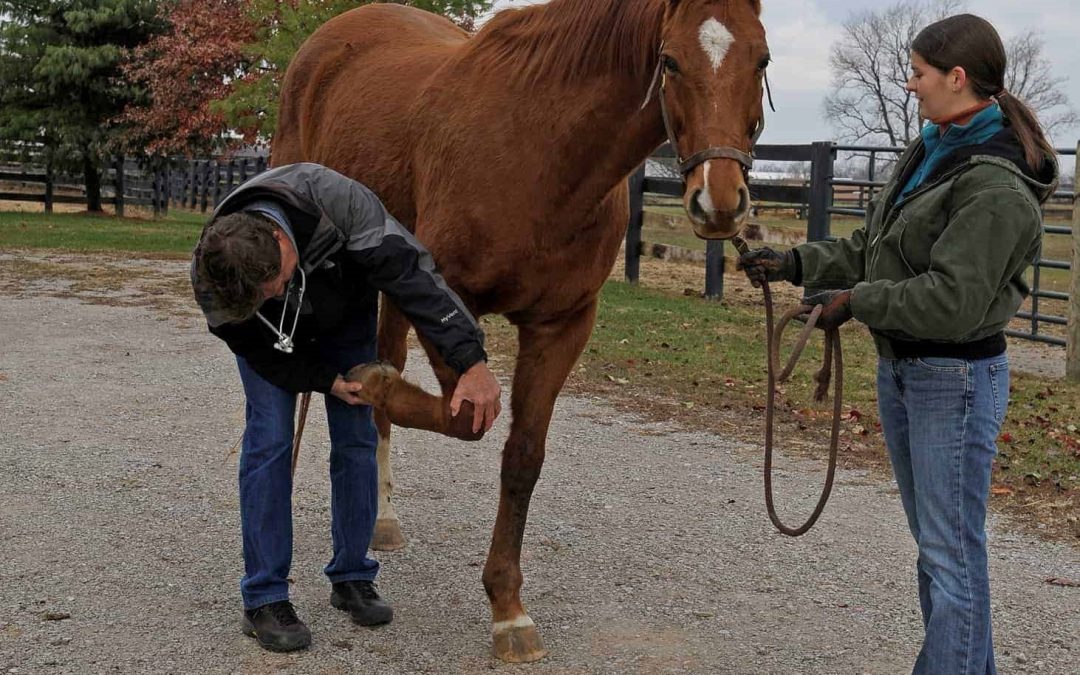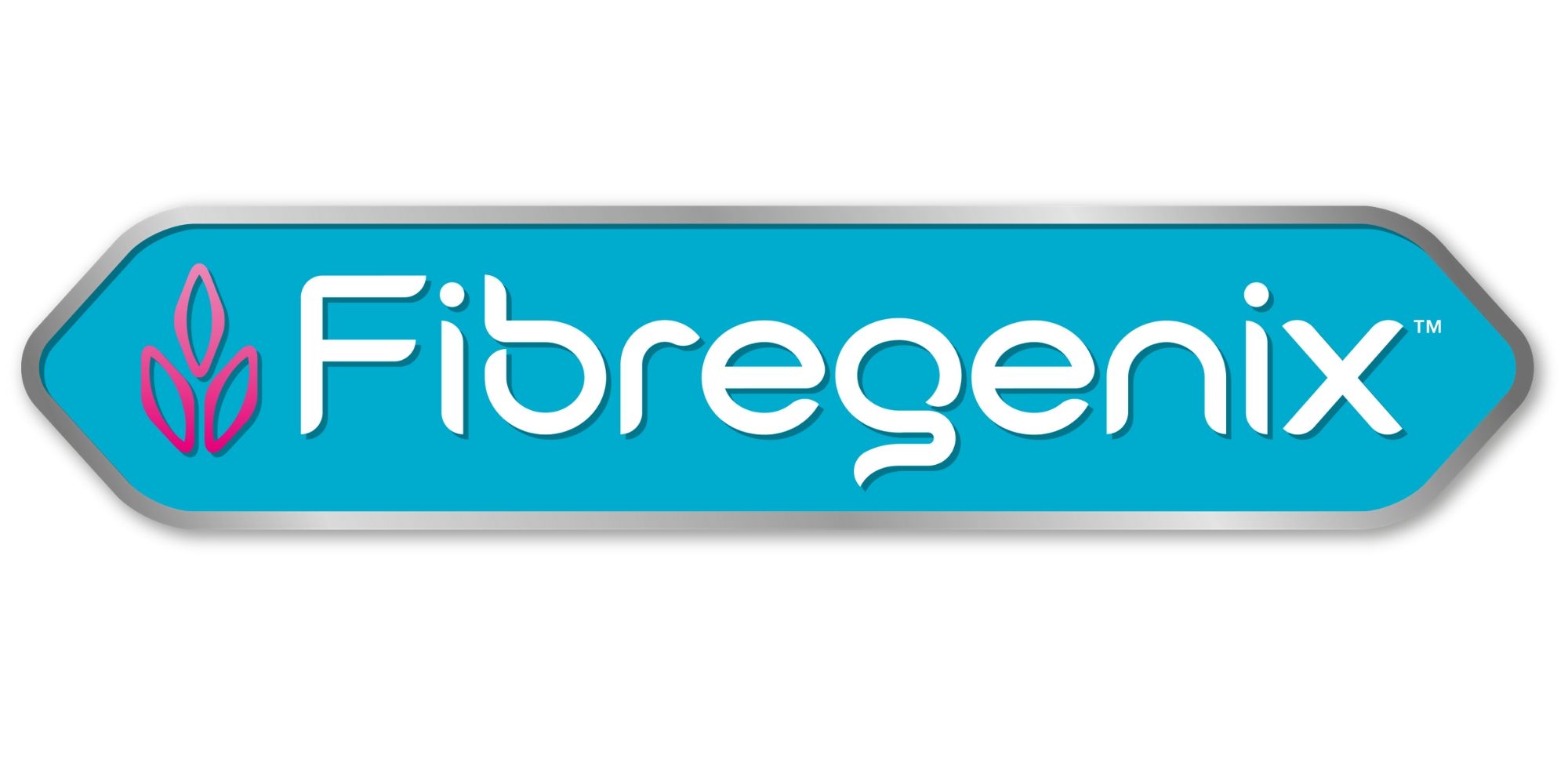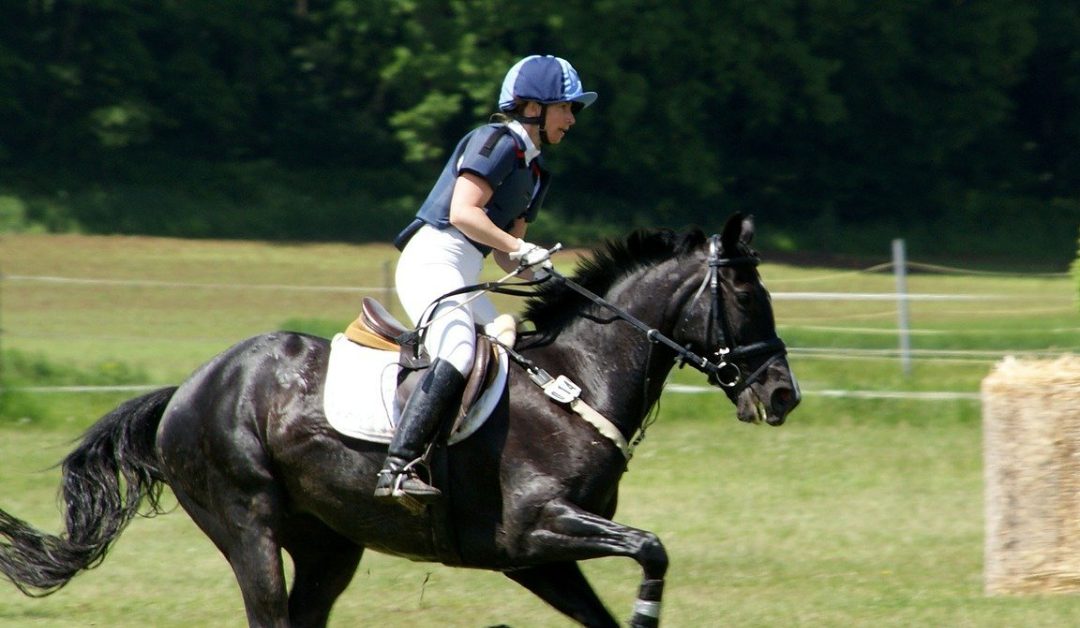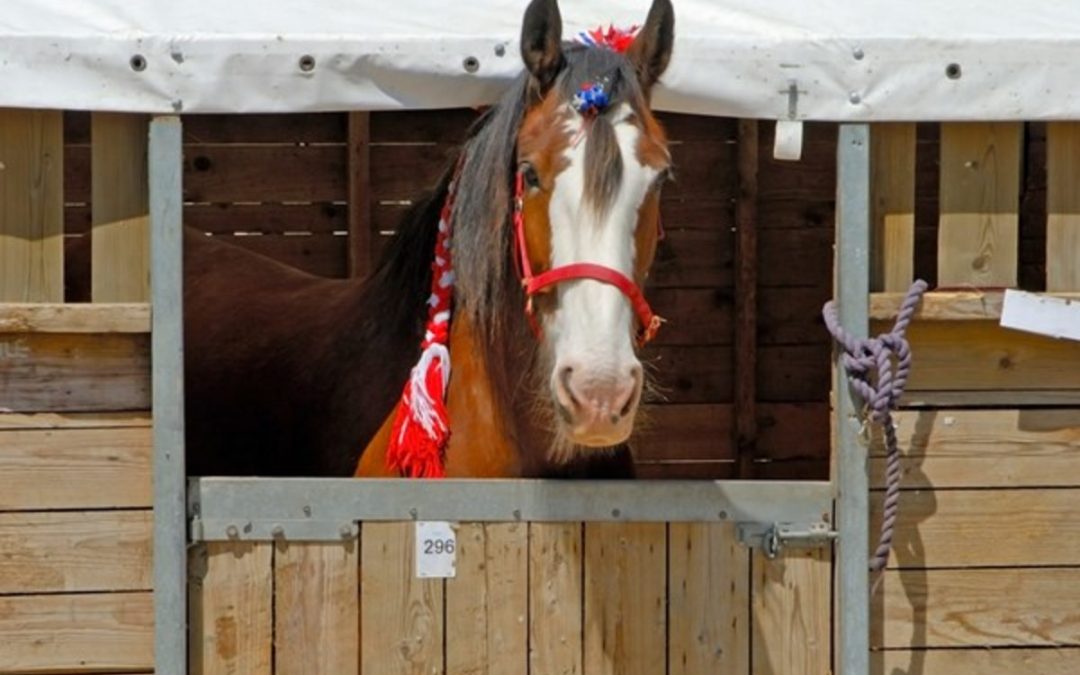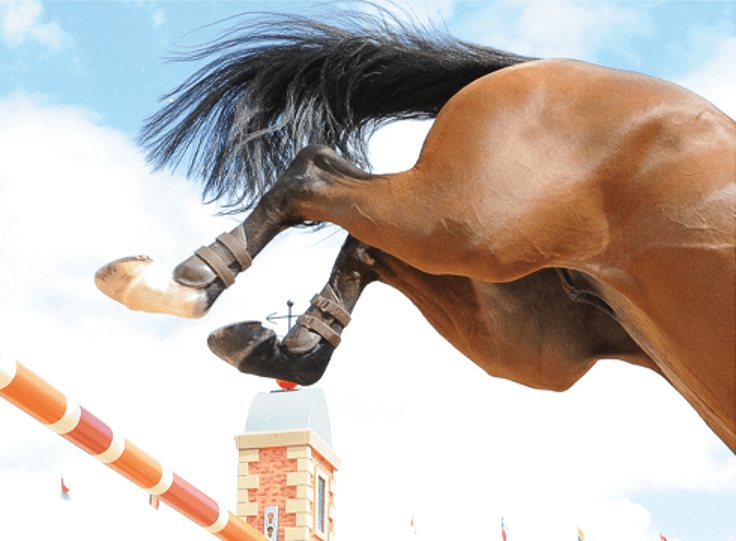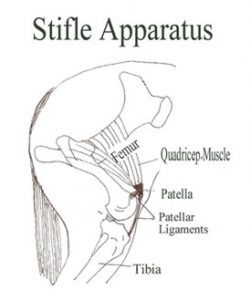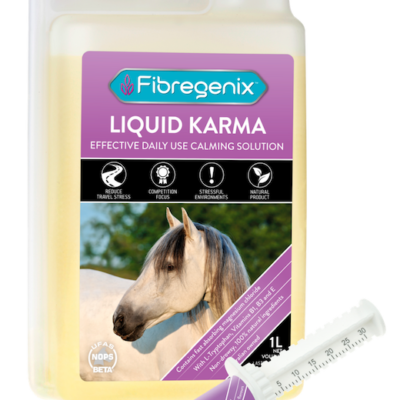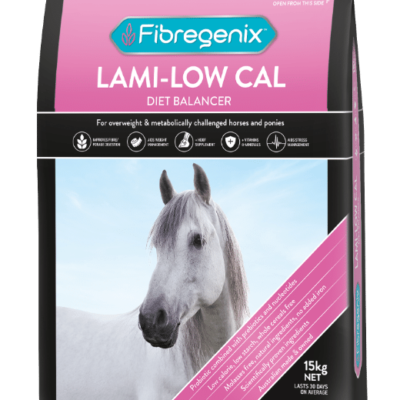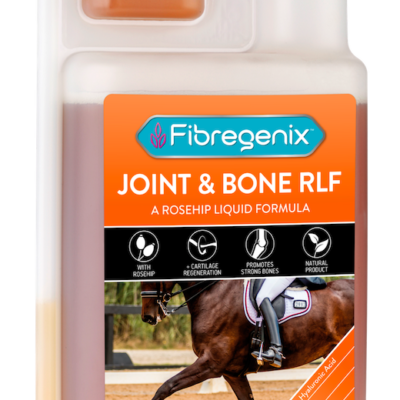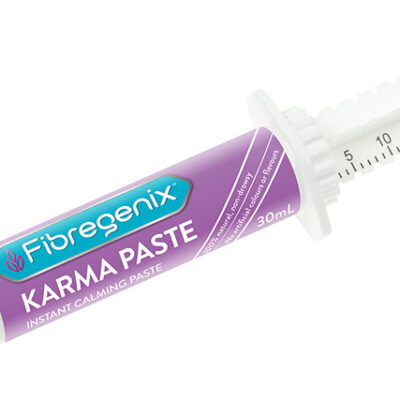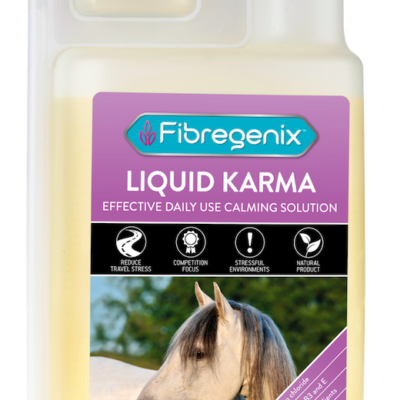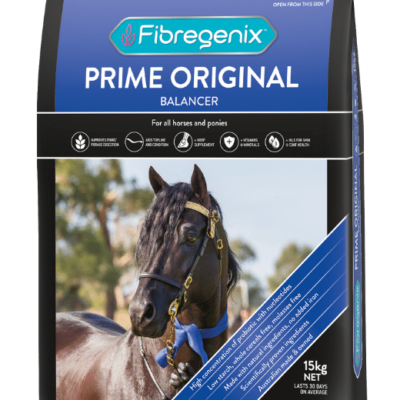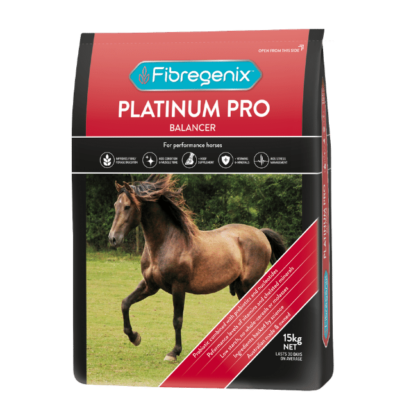Nov 17, 2021 | Horse health
You know, I get asked ALOT of questions…some very legit, some that are off the scale. So, to save you some valuable research time, I’ve rounded up some of the most common questions I get asked with a simple, straightforward fact-based answer.
Let’s get started…
Can I feed my horse all his feed in one meal? – it’ll come to about 2kg, 3kg, 4kg etc NO
A horse’s stomach is small (around the size of an AFL ball) Don’t exceed a total of 1.6 – 1.8kg per feed for a horse and 1.4 – 1.6kg for a pony (including additional chaff or sugar beet, if fed)
Adding more to it, even fibre, is risking overloading the stomach and feed flowing on into the intestine before it has been properly digested in the stomach. At best this is a waste of feed, at worst it can cause problems when it reaches the hindgut.
Is it worth feeding chaff? YES
Chaff slows down the rate of consumption of starchy meals and being a fibre feed, promotes chewing which encourages the production of saliva.
Is it better to soak beet pulp? YES
Beet pulp products such as Speedi-Beet can soak up to at least seven times its own weight of water. Nutritionally, it’s chock full of hindgut friendly fibres and is a great method of getting extra water into your horse.
Can I feed less hard feed than it says on the bag to save providing too much starch and sugar? YES
That and avoiding turning your horse into a landwhale or going crazy on sugar overload are the most common reasons 99% of people aren’t feeding the recommended daily serves.
But will this make him miss out on protein and other nutrients? YES
Unfortunately, bagged hard feeds contain relatively small amounts of vitamins, minerals and other nutrients per kilo of feed. Remember, the premix containing these added nutrients is the most costly part of any fortified feed. That’s why the recommended levels are supposed to enable the horse to get his full balanced ration of essential nutrients without resorting to additional supplements.
My horse looks great on his current diet should I still supplement him? NO
If it ain’t broke – why fix it?
Will Biotin on its own improve my horse’s hooves? NO
Sorry to disappoint, but no one nutrient will improve hoof quality or growth.
So I need to feed other specific nutrients which alongside biotin will improve them? YES
Biotin is just one part of the hoof improvement puzzle. It needs to be combined with other nutrients eg zinc, copper and essential amino acids ie lysine and methionine for the best effect. Oh, and add in a large tablespoon of patience too…
Can I feed a bran mash once a week? NO
Whilst this was once common, it’s now considered “bad practice” as it means a sudden change of diet. And remember, changes should ideally be made gradually to avoid upsetting the sensitive bacterial population of the horse’s hindgut. Even a “regular” change, eg a bran mash once a week, is enough to upset the bacterial balance and means the horse’s digestive efficiency is compromised.
So, is there any point in feeding bran? NO
Modern wheat bran is now missing much of the fibre and wheat germ for which it was once valued. Adding it to an already balanced diet will unbalance that diet as well as upsetting the calcium:phosporous ratio. This can compromise bone tissue formation and integrity – something which is particularly risky for growing youngstock.
Can I give my horse some extra carbs eg oats/barley/maize the night before my big competition event to give him a bit more energy? NO
Don’t even think about it! Remember, avoid a sudden change of diet. (Unless your saddle bronc rodeo skills are on par). Changes should ideally be made gradually to avoid disrupting the sensitive bacterial population of the horse’s hindgut.
Will too much protein make my horse hot? NO
In most cases, it’s the energy content (MJ / kg) of what you’re feeding and not the protein content. The source of the energy may also have some influence, i.e. ‘quick release’ energy from cereal starch or ‘slow release’ energy from fibre or oil. You’ll notice that most hard feeds that are rich in protein are also higher in energy. So, in most cases, the ‘fizz factor’ is as a result of a miss-match between the amount of energy fed (MJ) and that needed for daily life, rather than the amount of protein in the diet.
Should I cut my horse’s feed down if he isn’t being worked even if it’s just for a few days? YES
If your saddle bronc skills haven’t improved significantly, then cutting down is a good idea. Eliminate hard feeds first and then you can reassess other high energy feed sources.
Can I still give my horse a cereal-based feed if he’s ulcer prone? NO
Unfortunately, grain-based feeds are highly acidic – remember what got your horse there in the first place. So limit the intake to less than 1g per kg of body weight per meal or preferably no grain-based feed at all.
Can I still feed Cereal hay if he’s ulcer prone? NO Just think about it…
Will my horse be able to put condition on when he has ulcers? NO
Generally, horses with active ulcers will exhibit very picky feeding and will limit their feed intake accordingly to avoid digestive discomfort. Having said that, some horses are more stoic than others and I’ve come across horses that still ate well and looked well despite having EGUS.
Can I feed my ulcer prone competition horse lupins then for energy instead of cereals? YES
Could my horse’s hot/fizzy behaviour be as a result of poor digestive health? YES
If only people realised just how sensitive the horse’s digestive system is. ANY time there’s the slightest change in PH eg from sudden changes in the diet or being deprived without feed for many hours, it’s going to impact your horse’s digestive health and his temperament. It’s just one of those annoying things about our equine friends…
Can I feed oil for energy to my ulcer prone horse instead of cereals? YES
Oils are benign and won’t cause an acid spike. They’re also slow release and the majority of horses tolerate and can get energy from additional oil in the diet. Just go slow introducing it…
Should I provide some sort of joint supplement now that my young horse has started his showjumping/dressage/eventing etc career? YES
Even though he’s young and doesn’t have any current joint issues? YEP
The second we start working our young horses whether it’s lunge work or sitting on them, we’re impacting the joints. Many growth plates don’t close until maturity which is often at around 6 years old, so it makes sense to ensure they get some protection and nutrient support to keep joints and bones healthy.
Should I ask my local stockfeed supplier or vet for feed advice? NO
Ok, here’s the deal. Bear in mind that your local produce supplier may be wanting to sell you the latest and greatest that the rep persuaded him to buy. Not all of them have the depth of knowledge required to offer sound advice. And while we’re at it, unless a vet has diversified into nutrition, know that that in 6 years of studying, a vet will spend only a few weeks on this topic. I’ve seen some VERY questionable advice being dished out by vets.
Should I go on to a social media nutrition advice forum and ask about my horse’s diet? NO
In fact, make that a supersized NO! Why not I hear you ask? Because it’s pointless, confusing, and you can bet that what works for someone else’s horse won’t work for yours. After all, if you have a dental problem, you don’t go to your local GP do you?
So, if you have a nutrition question you want answering… Call me, Anita, on 040 892 0707 or email me at: anita@fibregenix.com.au
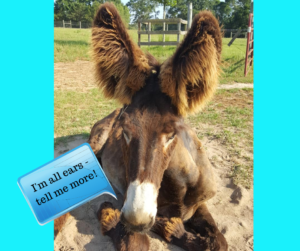
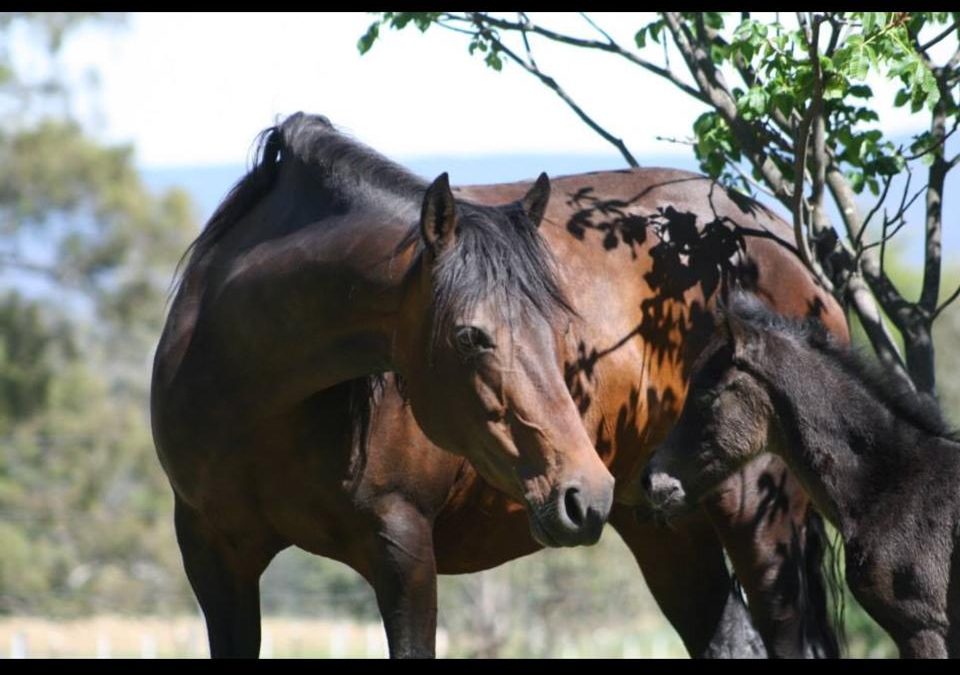
Mar 10, 2020 | Horse health
YOUR HORSE’S IMMUNE SYSTEM
We all know that without an efficiently working immune system your horse will be exposed to all manner of health issues. So, in this blog we’ll look at what the Immune system is and how you can optomise it.
Your Horse’s Immune System – What is it?
An immune response is simply the ability to mount an effective defence against malignancies and invading micro-organisms by producing immunoglobulins (antibodies).
According to Ian Tizard, PhD, BSc, BVMS, MRCVS, who authored the book, Veterinary Immunology, An Introduction, the basic requirements of an immune system include four components:
- A method of trapping and processing antigens
- A mechanism for reacting specifically to the specific antigen (becoming antigen-sensitive)
- Cells to produce antibodies or to participate in the cell-mediated immune response
- Cells to retain memory of the event and to react specifically to the antigen in future encounters
When Boosting Your Horse’s Immune System Matters
Just like us, your horse’s immune system becomes less competent with age. Also, weanlings, young horses, stress, and poor condition can also negatively impact the immune system. This in turn makes them more vulnerable to disease and infections.
Significantly, supporting the immune system is vital to those with specific health issues or equine athletes whose bodies are constantly put under stress from competition or travelling. Even weather changes can also stress your horse’s immune system, so you want to be especially careful of management strategies during these times.
Gut Health to Boost Your Horse’s Immune System
Considering that 70% of your horse’s immune system is in his GI tract, the immune system itself is directly affected by the health of the digestive system. Several other organs such as the thymus gland and the bone marrow, are the sites where white blood cells are produced. Others, including the spleen, lymph nodes, and liver, trap microorganisms and foreign substances. They provide a place for immune system cells to collect, interact with each other and with foreign substances, and generate an immune response.
Nutritional Support
The nutrients most associated in immune health are antioxidants, micro and macro minerals, omega 3 and 6 fatty acids (particularly Omega 3) and glutamine. However, there must be an overall balance of all nutrients when it comes to good immune health.
Antioxidants
Vitamin E, vitamin C, selenium and beta-carotene – the precursor to vitamin A, all have a positive effect on the immune system.
Macro And Micro Minerals
Micro-minerals include such elements as zinc, copper, cobalt, and manganese. While macro-minerals include calcium, phosphorus, and magnesium.
Omega 3 And 6 Fatty Acids
Studies show that both fatty acids, more so Omega 3, play a role in the immune function of clinically normal horses.
Glutamine
Glutamine is an amino acid. The immune system needs to receive an adequate supply of L-glutamine to protect against illness and potential tissue damage. L-glutamine deficits can result in:
- diarrhea
- atrophy of intestinal villi
- mucosal ulceration in the stomach and colon
- increased intestinal permeability
- necrosis
- digestive complications
- poor nutrient absorption
Gut Support for Your Horse’s Immune System.
A combination of both MOS & FOS prebiotics is a powerful tool when it comes to supporting your horse’s immune health.
MOS
MOS (mannanoligosaccharide) contains high levels of beta-glucans. These are shown to support a healthy immune system and may increase its reaction capacity. MOS itself enhances immunoglobulin production during gestation. This improves the quality of the colostrum and the transfer of immunity from the mare to foal at birth.
FOS Prebiotic
Short-chain FOS (fructooligosaccharides) are selectively fermented by some bacteria in the intestinal microbiota. By providing beneficial bacteria with a good source of food they can strengthen the immune system.
Nucleotides
Nucleotides are the building blocks of RNA and DNA molecules in the horse’s body. Research has shown that all horses and ponies can benefit from the inclusion of additional nucleotides in their diet. However, performance horses or those with health issues have the greatest requirement.
The cell regeneration process is accelerated with Nucleotides. Cell regeneration allows an animal to recover much quicker from the type of stress it is under (performance, illness, disease, injury, etc.).
Most pertinently to immune health, Nucleotides also assist with the activation and proliferation of lymphocytes. They help these white blood cells perform their primary function. ie. produce antibodies to attack invading pathogens and destroy cells already invaded by microbes. Keeping these cells functioning properly ensures that the horse’s immune system is actively warding off potential threats.
How Do Fibregenix Balancer Supplements Help Boost Your Horse’s Immunity?
Fibregenix contains immune-boosting nutrients, all in a highly bioavailable form. Bioavailability is really important, because it’s a measure of how well an ingredient is absorbed and utilised by the horse.
Alongside the all-important key antioxidants, (Vitamins A, C, E and selenium) there’s a full range of chelated trace minerals. Digestible protein supplying all the required amino acids has also been added. Another highly important component of Fibregenix is the gut health supplements. These consist of Purified Nucleotides and MOS & FOS prebiotics. All this means that a Fibregenix balancer supplement will provide your horse with everything needed for a healthy immune system.
Whether your horse is a seasoned performer, a veteran, a youngster or just in need of boosted immune support, Fibregenix is instrumental in taking your horse’s immune health to another level. In fact, many of our customers have noticed how quickly their horses recover from illness or even avoid illnesses or viral issues where other horses in the same yard are struggling.
So don’t take any chances with your horse’s health. Just let Fibregenix do the hard yards for you.
Reviewed and amended Feb 2022
